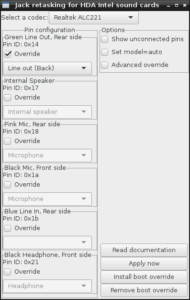My $DAYJOB, like many others, have a Office 365 subscription, using also services like Microsoft’s Outlook for email. While I have, at a previous job, had mixed experiences with Microsoft and their upside-down view on how email should work. After fighting with their abysmal Outlook software, and their even worse web interface, my previous employer eventually managed to get the company they had subcontracted for email services to open up IMAP, and that was the end of that. With my current employer, I have used IMAP from the start, first continuing to use the Opera Mail client, despite it being out of support, and recently moving to its spiritual successor in Vivaldi.
This was working fine, I could mostly ignore Outlook and its idiosyncrasies. Until 2022-11-01, that is.
The powers that be at Microsoft were rolling out several changes, one was to remove support for password log-in, instead forcing everyone to use a web browser for logging in (fortunately, that was postponed a bit), but the other was some kind of update to the IMAP servers that failed horribly. Since it was the email client that started complaining, I first thought it was a bug in Vivaldi. And posted about it there. After researching it, I did find that Vivaldi was speaking IMAP correctly, but the servers didn’t understand it. I was pointed to a thread at Microsoft’s support forum, where I was far from the only one to have the problem, across different accounts and mail clients.
One would think that a company that provides a paid-for email hosting service that in an update breaks the support for a standardized network protocol would be quick to fix it. But, no. I am writing this at the end of January 2023, and it is still broken. I guess now that the tech oligopoly of Microsoft and Google has embraced and twisted email into whatever they want it to mean, they can do what they want and not care about end-users, without much recourse.
A sad state of affairs.
